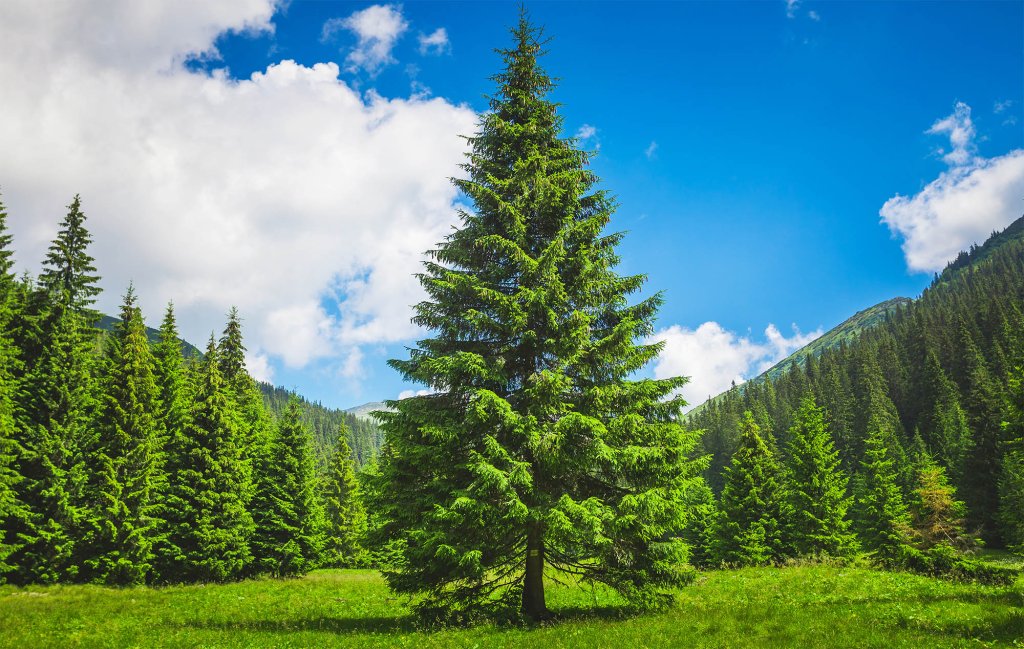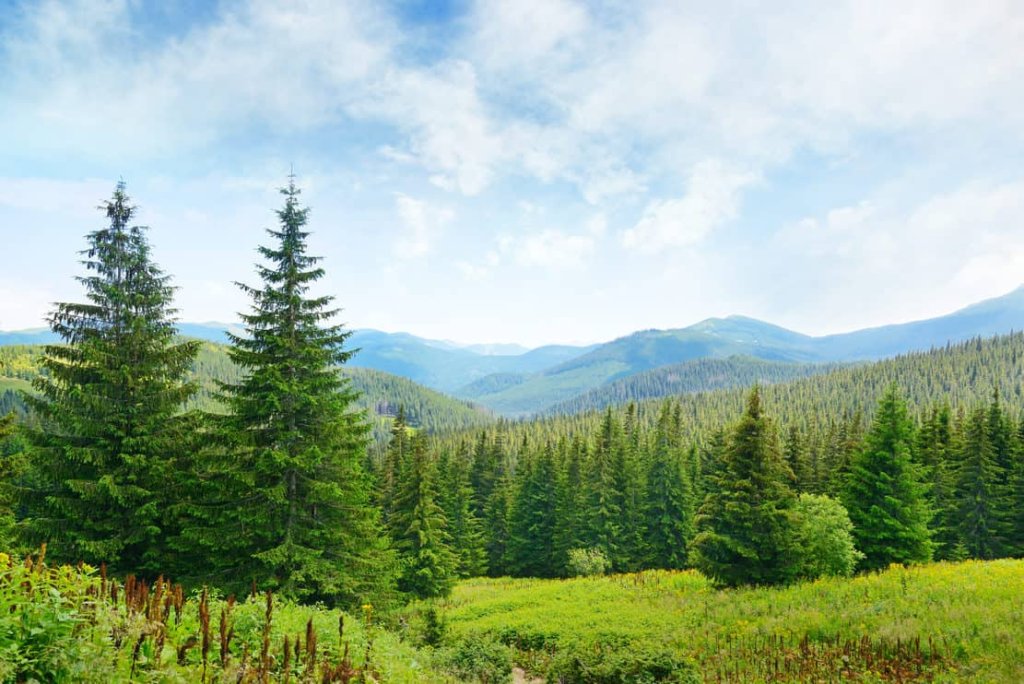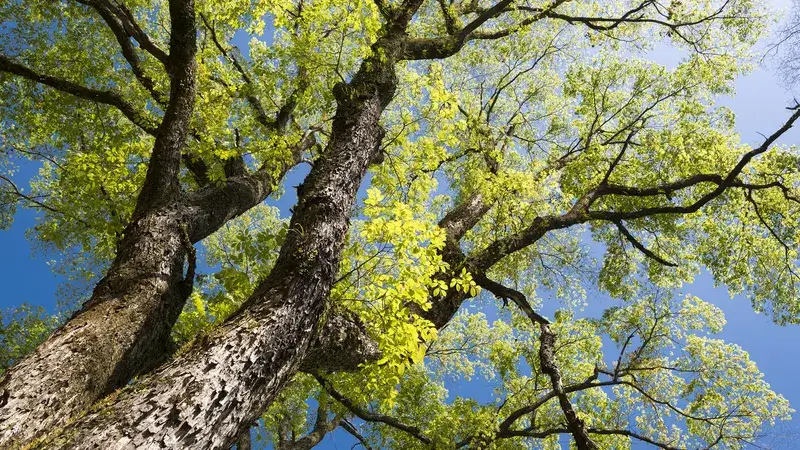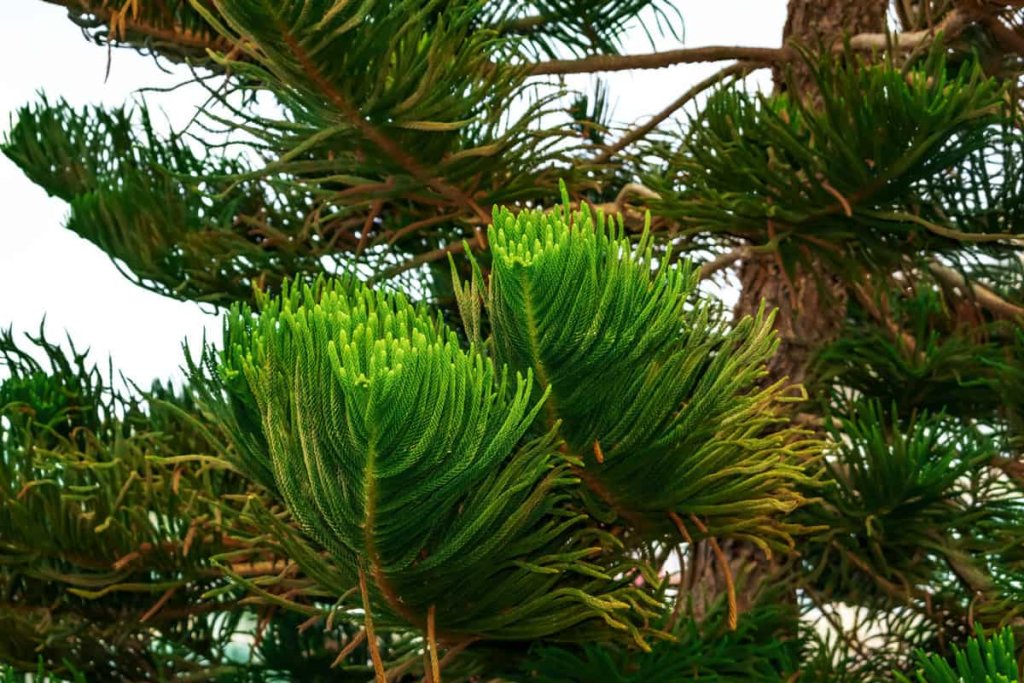Pine trees are an important part of our nature, standing tall and green in forests, parks, and even our backyards. But have you ever thought about how much water these trees need to stay strong and lively? Well, that’s exactly what we’re going to find. Water is important for everything alive, including pine trees.
Why should you care about how much water pine trees need? If you’re someone who loves nature or is just curious about the world around you. Knowing about pine tree water needs can make a real difference.
We’ll see the basics of what pine trees require regarding water. We’ll talk about how to spot signs that they’re thirsty and give them a drink when needed.
So, let’s learn how to keep pine trees happy and in tip-top shape.
What are Pine Trees?

Pine trees stand out as evergreens, celebrated for their slender needles and distinct cones. But beyond their resilience in various climates, understanding the types of pine trees and their characteristics offers deeper insight into their role in our environments.
These trees aren’t merely a visual delight but pivotal for their economic contributions through wood, paper, and essential oils.
How Much Water Does a New Pine Tree Require?
Young pine trees need a regular and sufficient amount of water to grow roots and stay healthy. Typically, they should get around 1 to 1.5 inches of water every week when they are growing. But you need to know that this amount might change depending on the weather, the kind of soil, and the type of pine tree.
The important thing is to water them deeply but not too often. Let the soil dry a bit between watering to help the roots grow deep into the ground.
How Long Can Pine Trees Survive Without Water?
Pine trees are tough, but how well they handle dry spells depends on their age, health, and the environment they’re in. Grown-up pine trees with roots can tough it out in a mild drought for many months and sometimes even half a year or more without rain.
But if a drought sticks around too long, even the strongest pine trees can get sick and bug-infested. Younger pine trees, especially the ones just planted, can’t handle dry spells as well and might start struggling after only a few weeks without enough water. To keep pine trees alive and well, it’s important to check how moist the soil is and give them extra water when it’s dry.
Do Pine Trees Require Water During Winter?
Pine trees have different water needs in winter compared to other times of the year. Usually, fully grown pine trees don’t require as much water during winter because they take a nap. They slow down their usual processes and don’t lose much water through their leaves. However, it’s important to keep an eye on the soil’s moisture levels, especially if you live in a place where winters are dry and there’s not much rain or snow.
If the soil isn’t moist enough, your tree could get too stressed out. If that happens, you might need to give it some extra water but don’t overdo it. Only water when the temperature is above freezing. Also, giving the tree a good, deep soak before the ground freezes can help make sure it has enough water to last through the winter.
Best Way to Water Pine Trees

1. Deep and Infrequent Watering
Instead of watering your plants often with a little bit of water, give them a good, deep drink of water instead. This helps the roots grow healthy. Ensure the water soaks into the soil at least 12 to 18 inches deep.
2. Use Soaker Hoses or Drip Irrigation
Soaker hoses and drip irrigation systems deliver water to the plant’s roots well. This saves water and lowers the chances of plant leaves getting fungal diseases.
3. Mulch
Apply a layer of completely organic mulch, such as wood chips or bark, around the tree’s base. Mulch helps retain soil moisture, regulates temperature, and reduces competition from weeds.
How Long Does a Tree Take to Get Better After Too Much Water?

The time it takes for a tree to bounce back after getting too much water can be different depending on a few things, such as what kind of tree it is, how much it was overwatered, and how healthy it was, to begin with. Generally, trees are pretty good at recovering from too much water, but you need to fix the problem as soon as possible to help them recover.
If the overwatering is not too bad and you catch it early, the tree can usually get better in a few weeks to a few months. But if the overwatering is really bad and causes things like root rot or other serious problems. It might take a lot longer for the tree to get better, and in some cases, it might not be able to recover at all. Different types of trees handle too much water differently, with some being better at recovering faster than others.
Conclusion
Pine trees grow and receive a balanced amount of water. It’s important to note that young pine trees require more water and extra care. As they mature, they become more hard to water shortage. Overwatering poses a risk, as it can result in root rot and sickness.
Maintaining healthy pine trees is done by providing them with the right amount of water and considering their weather conditions and soil moisture. During hot and dry days, offer a bit more water, while during cool and rainy periods. Let nature do this for you.
By doing this, you’ll have green and healthy pine trees.

